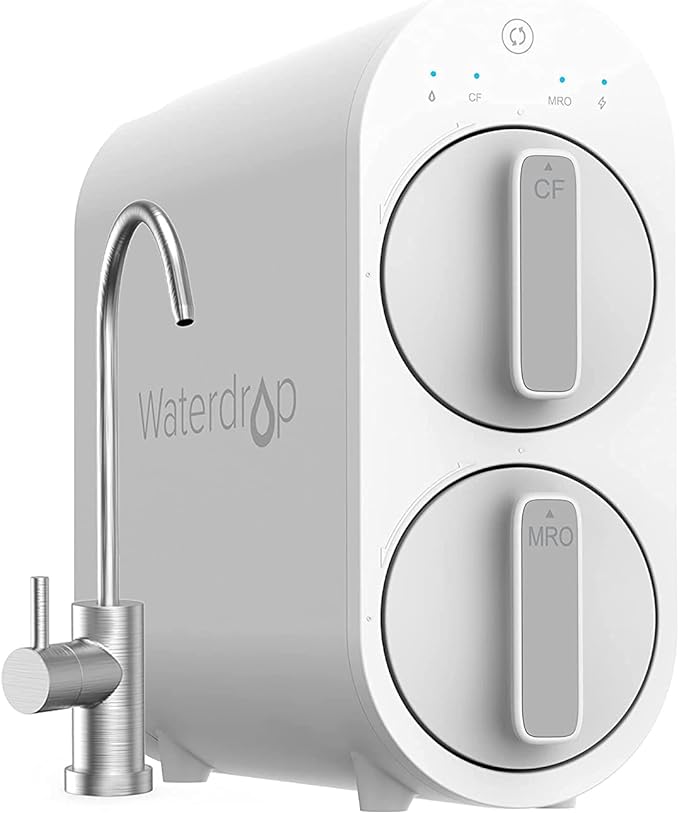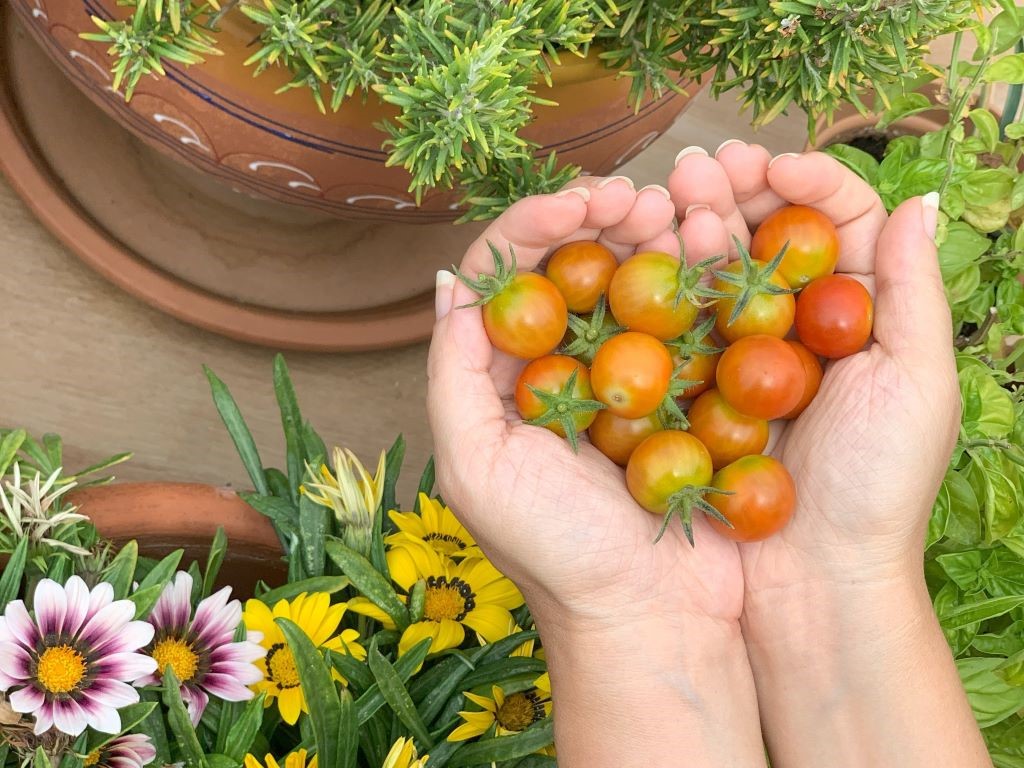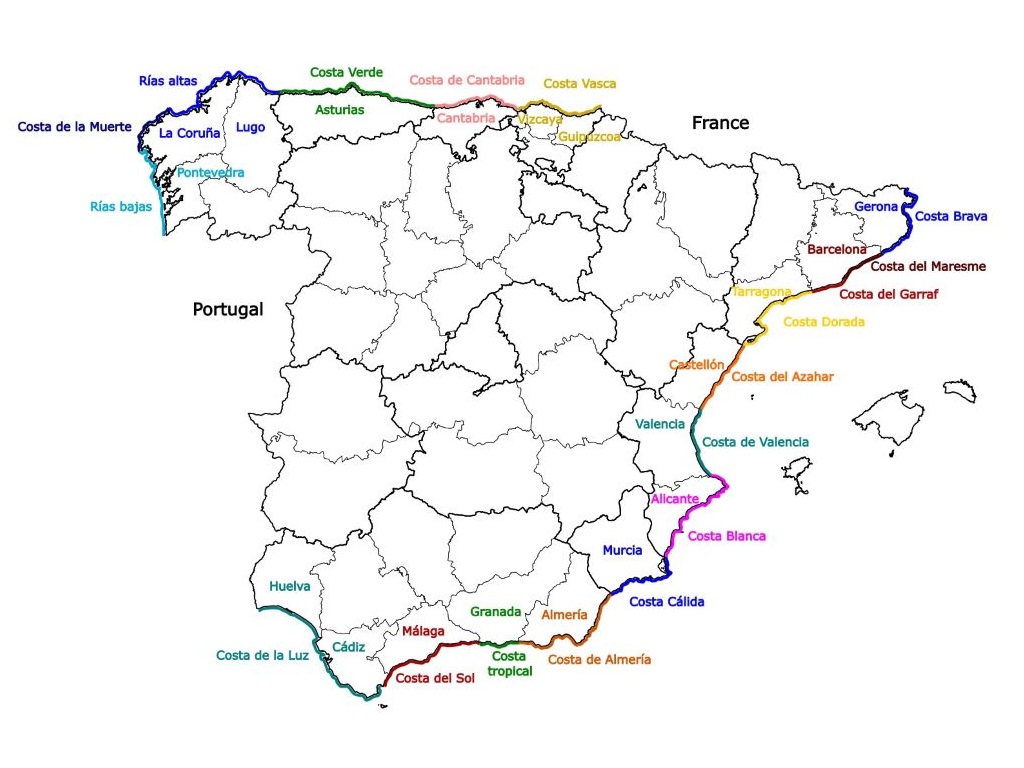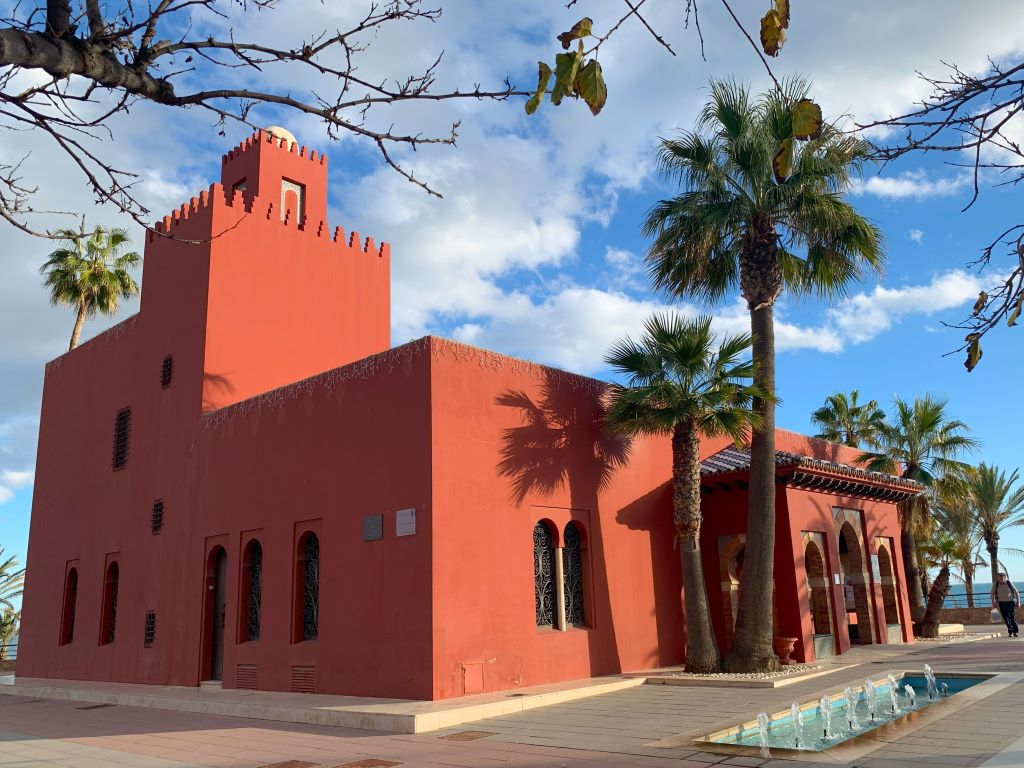December 21, 2023
Though water in Spain is mostly safe, there are a few concerns associated with its taste and the mineral content dissolved in it. There are also scarcity concerns and – what may come as a surprise – a major interaction between droughts in Spain and poisoning of the waters that are still left in the reservoirs. In this post we will address all these important matters.
Table of Contents
Is it safe to drink tap water in Spain?
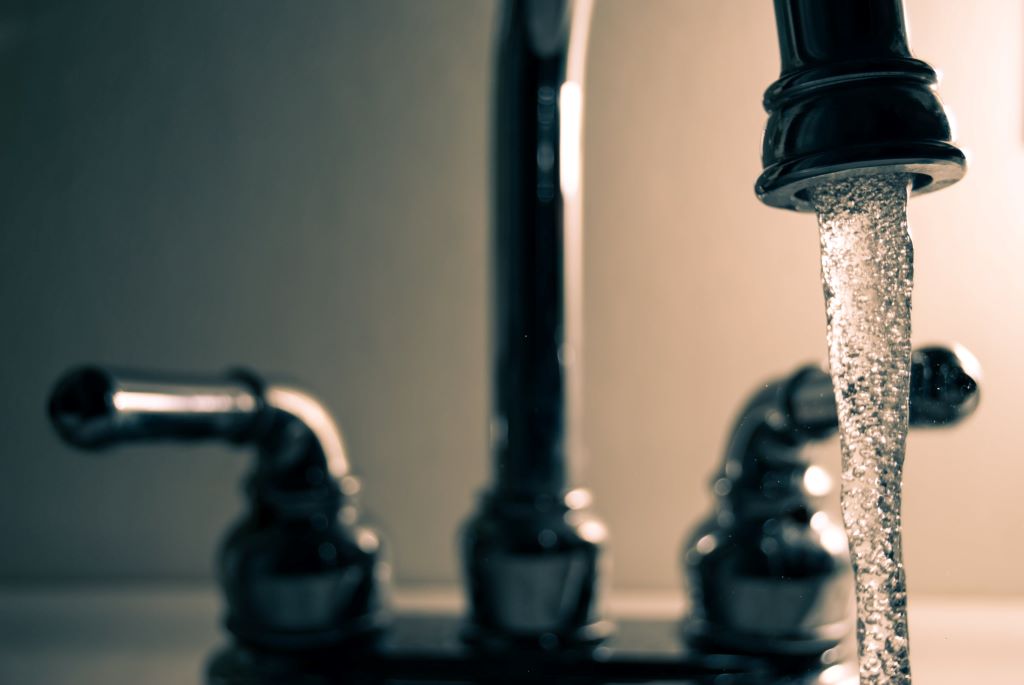
Water taste and hardness
If I had to answer this question in a few words, I’d say “Yes, it is safe to drink tap water in Spain”. Good thing I can answer in a whole text, because it does get more complex than that single sentence. But first things first. If you tried the agua de grifo (tap water) in Spain, you may have noticed that it does have a taste, and sometimes even a smell, and that may have caused some concern. But why does it happen?
There may be a problem with old pipes, or excessive chemical products dissolved in the water, but those are rare occurrences. The most likely cause is natural: water in Spain is very hard, and it is especially hard in the Costa del Sol.

This hardness means that there is a high concentration of Calcium Carbonate (and maybe also potassium and magnesium) in the water, which doesn’t make it less potable, but does alter the water taste.
When I moved to Spain, I noticed the strange water taste in the Airbnb we were staying, and then again in the apartment we bought. We solved the problem by buying a filter (exactly the one in the picture) from Amazon Spain, that super Hubby installed in our kitchen. We use the filtered water – perfectly tasteless – to drink and to fill our coffee machines (well, me and Hubby could not agree on one 🤷♀️).
Because of the filtration, we don’t need to worry about descaling the coffee machines. And in case there is anything else on the water other than just natural hardness, we are covered too. We cook with tap water, though, without any concern, as the water is potable. And of course, we shower with hard water – and we can see the mineral accumulation on the shower heads that do need descaling from time to time.
If you live in a rented place, you can either talk to your landlord about the possibility of installing such a filter or get by with bottled mineral water – not the small ones that end up costing a lot and causing an immense amount of plastic pollution; I’m talking about the large, 15-liter bottles that you can put on a stand.
Regulations and standards
Spain has no centralized water control entity other than the Ministry of Environment; instead, it has municipal water companies spread through the country. For good or bad, that implies a political and administrative control by municipalities over tariffs, investments, water quality and services.
The decentralization does make it faster to communicate and solve problems, and easier to test the water quality frequently. Nevertheless, it puts extra pressure on smaller municipalities (30% of the population of Spain lives in agglomerations smaller than 20.000 people), as these places may face challenges due to lack of professional capacity, scale, and financial resources, as well as difficulties derived by population dispersion. Renewing equipment is also a bigger challenge in smaller or relatively impoverished areas, and it all can impact on water quality.
Decentralization also makes it difficult to talk about water in Spain overall from official sources (the news talk plenty, though). For this reason, the main source of broad information for this article is the Organization for Economic Cooperation and Development (OECD), specifically OECD’s 2019 report about Spain, which affirms that :
Spain has achieved close to full compliance with the EU Drinking Water Directive (DWD). Spain has 98% household access to safely managed drinking water supply (UNICEF and WHO, 2019), and demonstrates high compliance (99-100%) with the microbiological, chemical and indicator parameters of the DWD (EC, 2016).
This report is key to understand Spain’s water situation beyond the surface. It provides a context about the current situation of water in Spain that is hardly available from any other official source and aims to provide guidance to Spanish authorities on how to better use the country’s precious water resources. On the next subtopic I highlight the parts that stood out the most to me.

Spain’s water context
To understand how serious the situation of water scarcity is in Spain, and how it will probably get worse, I did a summary of the key water related facts directly from OECD’s report. Brace yourself:
Spain is the third most water-stressed country in the EU. Its renewable water resources are 60% below the EU average, and the rate of water extraction is 62% higher than the EU average. The temporal distribution of rainfall and distribution of water resources is highly variable within the country, with annual mean precipitation ranging from 2000 mm in the North-West to less than 300 mm in the South-East.
Climate change is anticipated to have a greater impact in Spain relative to most other EU nations. Temperatures and evapotranspiration rates are increasing, and significantly altering rainfall, runoff patterns and groundwater natural recharge rates; water resources are projected to reduce by 28-40% by 2050.
More than 74% of the Spanish territory is at risk of desertification; the regions of Murcia, Valencia and the Canary Islands are the most concerning areas, with a “high” or “very high” risk of desertification across 90% of their territory.
The main driver of water challenges in Spain – both quantity and quality – is agriculture. In 2016, Spain had the second largest share of irrigable area in agriculture in the EU. Agriculture accounts for about 80% of water use in Spain.
Scary, right? It is all official data, collected by several observing agencies and scientific institutions – you can check the report and their sources. For me, the worst part is that the main water consumer is agriculture, and we can’t really live without it. Considering agriculture consumes 80% of the water, closing the tap while brushing teeth probably won’t make much of a difference (but please do it anyway). The report is from 2019 and the situation has already worsened, as foreseen by the report.
The droughts in Spain
Spanish authorities don’t hide the problem. For the most part, they publicize and alert the population of the situation, ask for cooperation, and adopt measures to try to minimize it. They also issued a system of alerts, based on the severity of the situation, displayed here. It is important to know these levels, because often the news refer to them by colors; it gives a deeper understanding to news such as this, stating that Malaga is on the verge of reaching red level, and that the Costa del Sol already is.
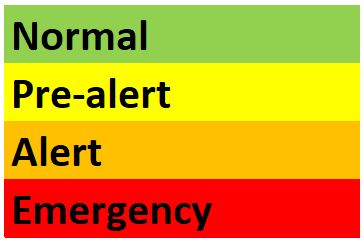
Despite the levels, the definition of what characterizes each phase resides in the hands of local governments, as well as what measures to adopt in response to each one. There are areas in Spain suffering from desertification already, in some it has not rained the normal amount for more than two years and there are ongoing droughts in Spain, particularly severe in two main touristic areas: Catalonia (which includes Barcelona) and Andalusia, home of Malaga and the Costa del Sol. Currently, about 40% of Spain is at least on alert level.
Drought in Catalonia
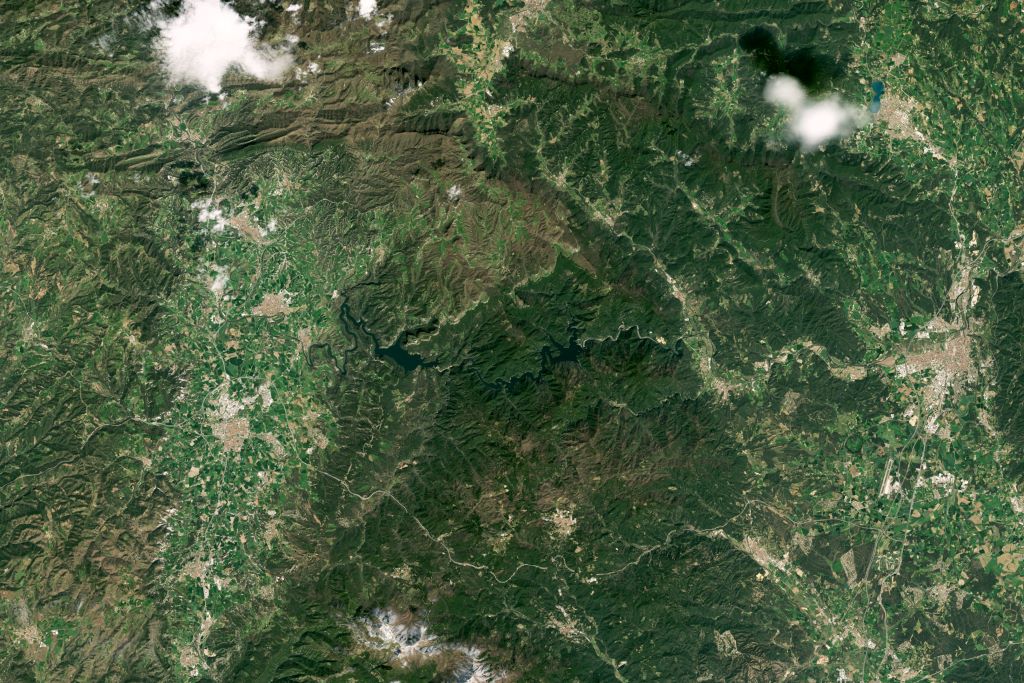

Catalonia has created extra levels, on what seems to be a way to avoid explicitly recognizing that they are, indeed, very much in the red. Facing the worst drought on record, with reservoirs at 18% of capacity, Catalonia is already relying on water from desalination plants – an extremely expensive way to supply drinking water. The Autonomous Community has already imposed limitations on supply for personal use and for municipalities and is preparing to use tankers to bring in more water soon. You can read more about it here.
Drought in the Costa del Sol
In the Costa del Sol, the situation is almost as bad as in Catalonia. The Costa already assumed it is in emergency situation and the municipalities are also considering shipping water in. Since November, it has been prohibited to water gardens and parks, fill swimming pools or clean vehicles; the showers on the beaches are turned off, for now, and in some areas, there has been a decrease in the water pressure to preserve the liquid.
In Benalmadena, for the first time this month the water bill came with a pledge from the Town Hall urging residents to preserve the resource (that, and the many news on the subject lately were my motivations for this post. Sur in English has more than a hundred news about the drought crisis). Marbella’s desalination plant is providing part of the water being currently consumed in the Costa del Sol, and Estepona is planning to build another plant. Rincón de la Victoria is facing nighttime water cuts, and Fuengirola may be the next town to undergo restrictions. Each day brings more attempts to deal with the situation and limitations while it doesn’t rain.
How is it to live in an area affected by a drought crisis, in practice?
Despite the severity of the situation, my family and I have not been affected by restrictions or lack of water yet (other than the added anxiety). I believe that many local residents haven’t as well, and those that don’t read the news may not even be aware of the crisis going on.
You see, I don’t have a private pool, and the building’s pool has been blocked since September anyway, for reasons unrelated to the water drought; I also don’t have a garden (other than my cute potted plants on the terrace). I am not going to the beach in the winter, so I am not missing the showers there; and we barely take the car out of the garage, so it is still clean.
As of now, Benalmadena is not facing reduced water pressure, water cuts or nighttime limitations, so it feels as if everything was normal. It will probably change, though; once nighttime limitations start (it seems inevitable), we will have to pay extra attention to the time when it comes to doing laundry, dishes or taking showers. If this situation persists till summer, the extra layers of limitations can become difficult to bear; facing high temperatures with a limited supply of water can get very dramatic.
Dramatic, by the way, is already the situation for the agriculture sector. This year’s olive production was affected by the droughts, and olive oil prices have gone through the roof. With continued drought, we can expect more raises in the prices of food and water – which pretty much affects the price of everything. Add to it the government’s undergoing pressure to limit the increase in gas prices since the start of the war in Ukraine, and we have a situation of inflation and financial crisis looming in the horizon.
But that is not even the worst consequence of the low levels of the reservoirs of water in Spain (at least not for those of us that live in Spain). The worst is that the little water left can become poisonous.

Reservoir-poisoning concerns
It turns out that water reservoirs often get contaminated by fertilizers and by livestock manure that are washed out by the rain. If there is plenty of water in the reservoir, the contamination gets diluted, and the natural filtration of the soil, added to the artificial treatment of such waters can get rid of the contaminants; whatever is left, if any, is not enough to cause harm. But when the level of water is small, contaminants get too concentrated and start to be dangerous.
And this takes us back to the initial question of the post, about tap water safety in Spain. Is it safe to drink? Well, as long as you are in a city with proper water treatment systems and with normal reservoir levels, yes. But not all of us are, right now. The lower the water supply levels, the higher the danger. Some municipalities alert their residents that the tap water has become unfit for consumption; there is always the risk, though, that such advice come late, or doesn’t come at all. While tap water may be safe, it is certainly safer to drink water from a filter.
Conclusion
Campaigns aiming to raise concerns about the water scarcity problem have been claiming that ‘the world will run out of water.’ This is a terrible slogan, because it induces people to think of the cycle of water (as in water in rivers and oceans -> evaporation -> clouds -> rain -> water in rivers and oceans), and to the conclusion that the water in the world will not end, because it gets recycled naturally. “Therefore, there is no risk, and this campaign is pure alarmism.” But this reasoning is wrong.
So wrong. The problem is that we use water from rivers and underground reservoirs; when cities grow, when more cities start consuming from the same source, or when farms start pulling large quantities of water – in short, when consumption rises above what can be replenished by rain – we start to have droughts, or scarcity. And that is what happening already in Spain, and in varying degrees, in the world.
It may be safe to drink water from the tap, at least for most of Spain, particularly if you are in a locality with over 20.000 inhabitants, not undergoing drought, and at least for now. The strange taste is actually the smallest of the problems, and both taste and safety improve with a filter. The other problems are not so easy to fix, but they are urgent. A sustainable future depends on action now, mainly from overseeing agricultural use and disposal of water. Scarcity, poisoned or unusable water are the problem. And the campaign that says the water of the world will end is right, despite of the despicable slogan.
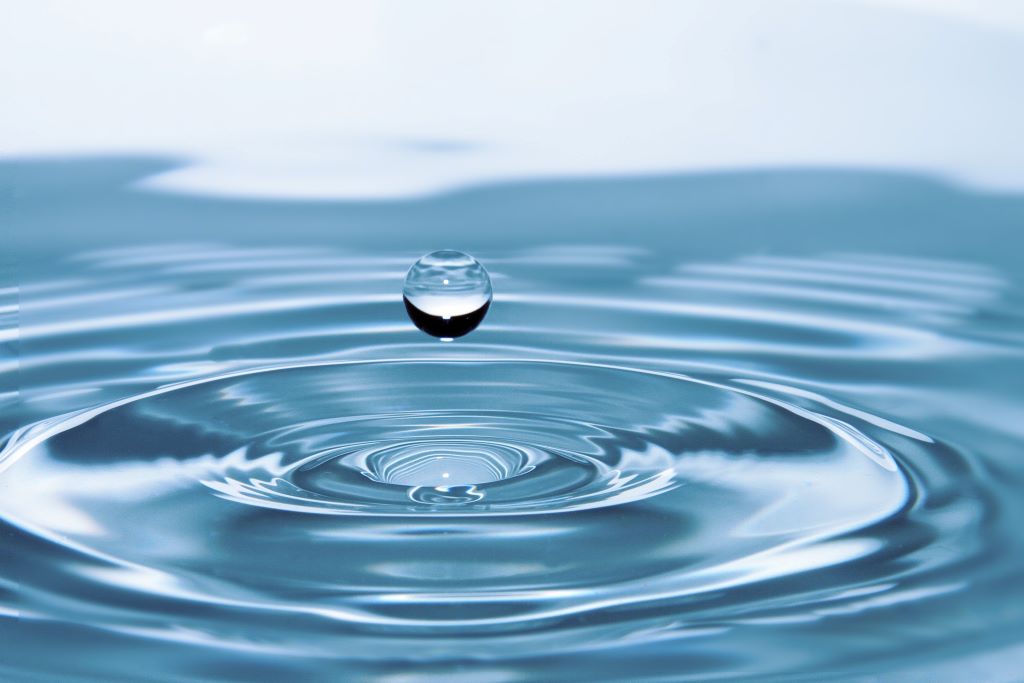
Next: Being a happy vegetarian in the Costa del Sol

